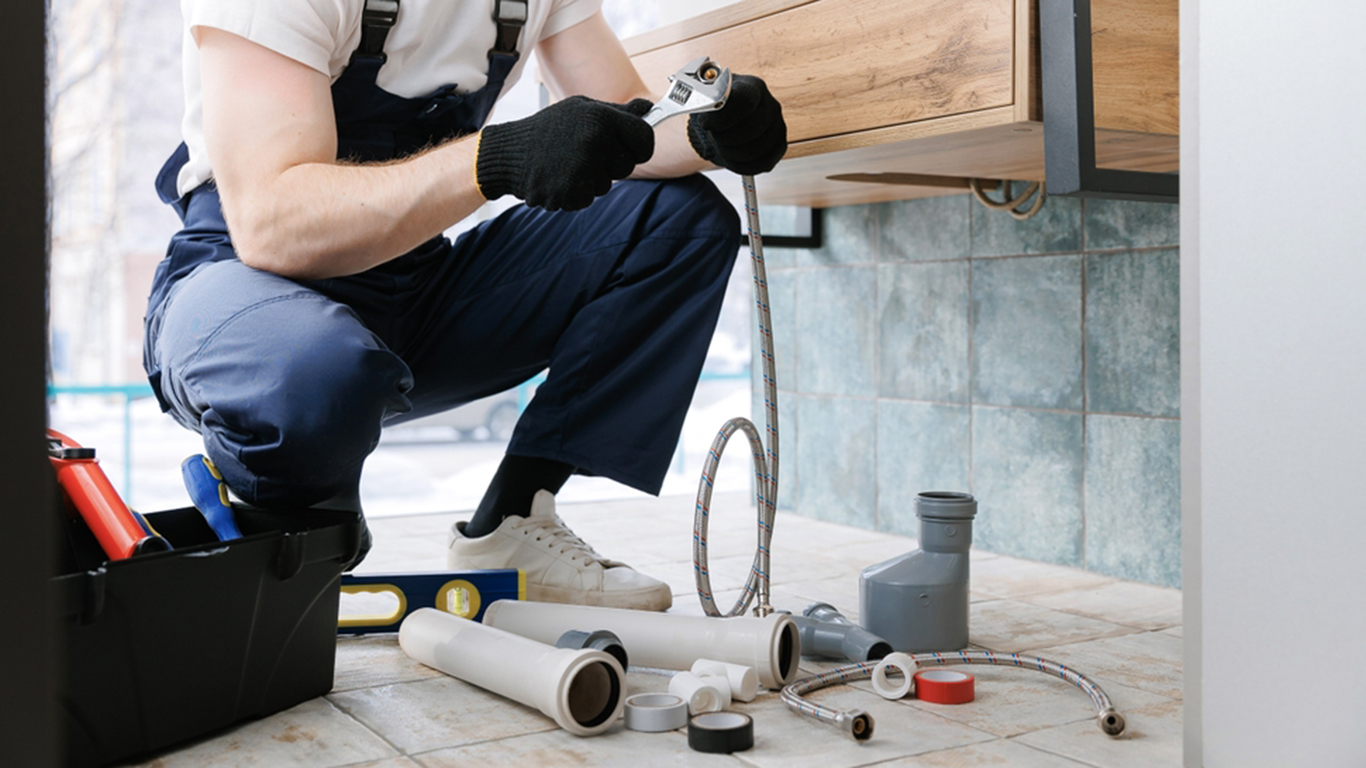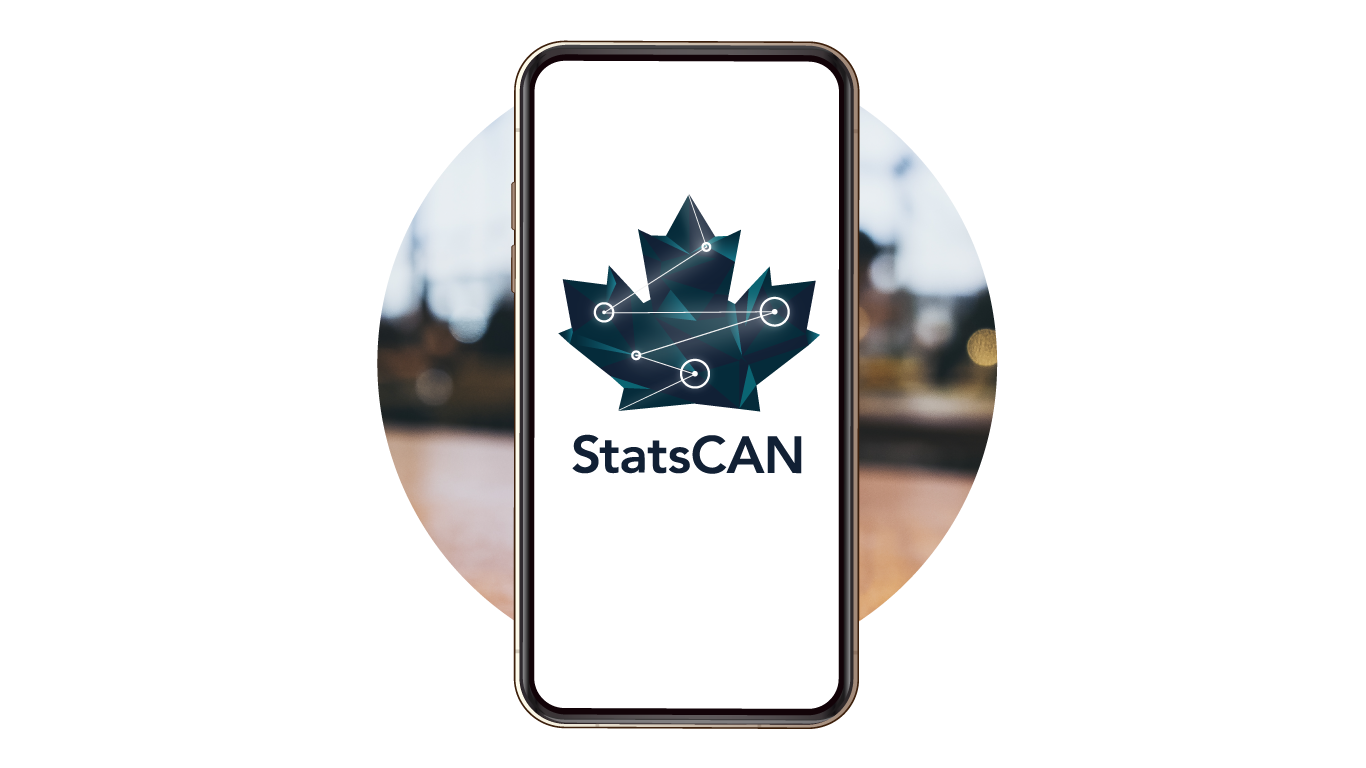
When nature calls, the vast majority of Canadians have access to indoor plumbing and a flush toilet. To mark World Toilet Day, let’s lift the lid on our (ahem) toilet and wastewater data.
Every flush goes back into the environment, almost all of which is treated
Have you ever wondered where the water goes after every flush? Beneath the feet of Canadians, there were 497,549 kilometres of potable water, storm water and wastewater pipes in 2022—just under half (48.9%) the total length of all roads in Canada. There were also 50,601 water, storm water and wastewater facilities.
Approximately 5.7 billion cubic metres of sewage flowed through municipal wastewater systems that processed 100 cubic metres per day or more of sewage in 2022, equivalent to the volume of water that flows over Niagara Falls over a 23-day period. The vast majority of this water was treated before being returned to the environment.
However, 223 million cubic metres of wastewater and sewer overflow received no treatment, equivalent to 3.8% of all wastewater collected and discharged by municipal wastewater systems in Canada.
Nearly half of Canadian households go with a low-volume toilet
Individual household actions play an important role in overall water usage since the residential sector was the primary water user in 2021, with an average of 223 litres being used per person per day, equivalent to 2.7 billion cubic metres or 55% of the drinking water produced in Canada.
The volume of residential water usage per person rose 3.2% in 2021 but was 11.2% below the levels of a decade earlier.
Canadians can help reduce the flow of wastewater released into the environment by installing a low-volume toilet. By the way, “low-volume” relates to the amount of water flushed and not the noise the toilet makes when flushed.
In 2021, just under half (49%) of all households had a low-volume toilet, down from 53% in 2019. Households that do not have a municipal water supply were much more likely to have a low-volume toilet than those that did (58% versus 48%).
Laying down pipe at record levels
From July 1, 2022, to June 30, 2023, Canada’s population increased at its fastest pace since 1957. Against this backdrop, a record 29 100 km of drinking water, wastewater and stormwater pipes were laid from 2020 to 2022, for an average of 9 700 km per year.
Plumbers and pipefitters keep the wastewater flowing
Of course, none of this would be possible without the 16,690 certified plumbers and 5,315 steamfitters, pipefitters and sprinkler system installers we counted during the 2021 Census.
Keeping the wastewater flowing was not strictly a male domain, with 165 women working as certified plumbers and 30 working as certified steamfitters, pipefitters and sprinkler system installers in 2021.
Certified plumbers made $70,500 on average in 2021, while certified steamfitters, pipefitters and sprinkler system installers made even more, earning on average $89,000. By way of comparison, the average annual salary in Canada was $64,500 in 2021.
For those considering career options, plumbers are among the least exposed professions in the upcoming artificial intelligence revolution, according to a recent study.
Plumber and pipefitter trades offer great job opportunities and above-average pay two years after graduating
We followed all 2,340 Canadians who certified as plumbers in 2019 to better understand their career path. Approximately 9 in 10 who got a certificate reported tax income two years after certification, with an annual median employment income of $69,930.
Approximately 1,065 Canadians certified as pipefitters in 2019. Two years after earning their certificate, over 9 in 10 filed taxes, reporting a median employment income of $78,740 a year.
Canada needs more plumbers and pipefitters
In the second quarter of 2024, there were 2,515 job vacancies for plumbers across Canada, offering an average hourly wage of $33.05 (unadjusted for seasonality).
Employers were also looking for 610 steamfitters, pipefitters and sprinkler system installers during the same quarter, offering an hourly wage of $42.80.

StatsCAN app
Download the StatsCAN app today to have these articles at your fingertips! Already using the app? Leave a review in the App Store and Google Play and let us know what you think.
Contact information
For more information, contact the Statistical Information Service (toll-free 1-800-263-1136; 514-283-8300; infostats@statcan.gc.ca) or Media Relations (statcan.mediahotline-ligneinfomedias.statcan@statcan.gc.ca).
